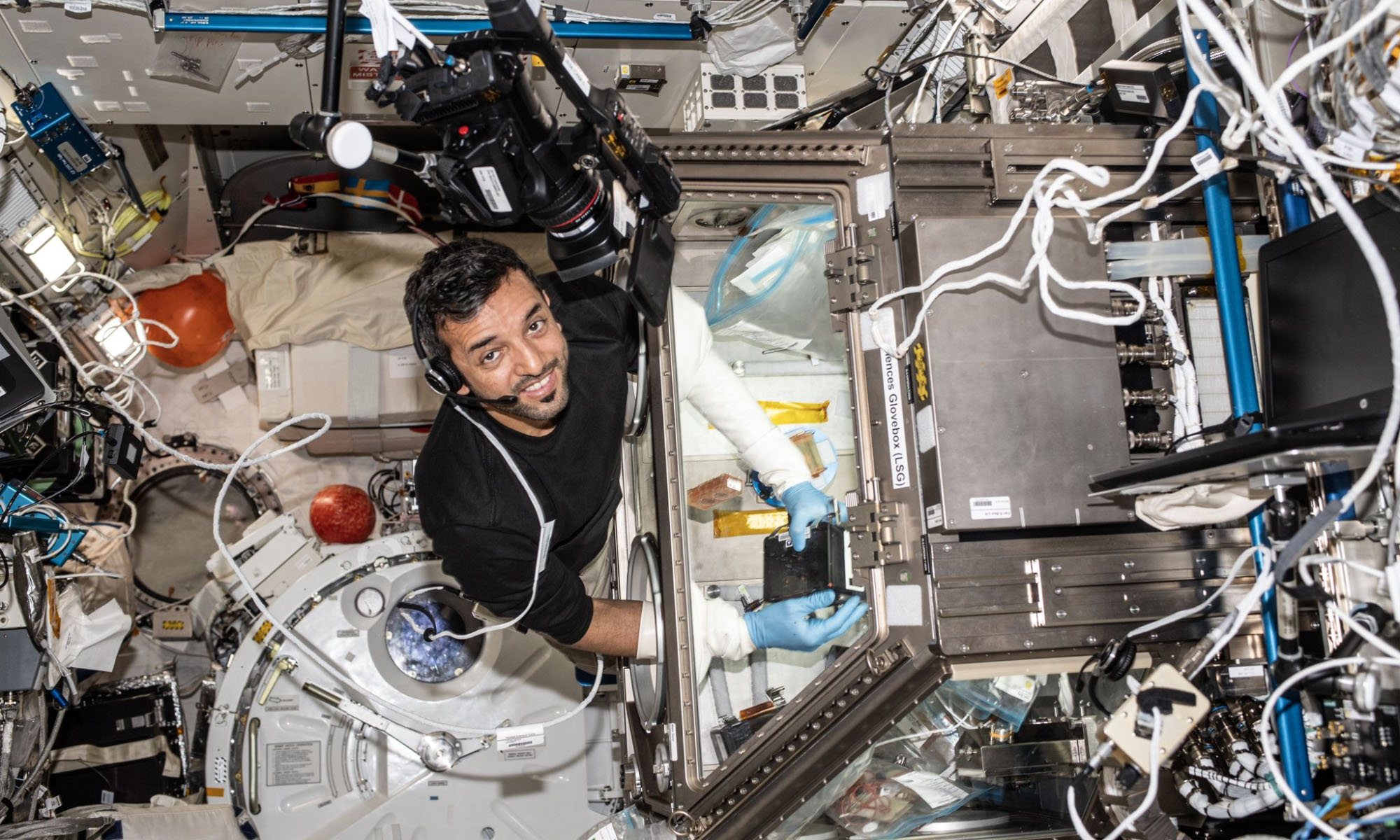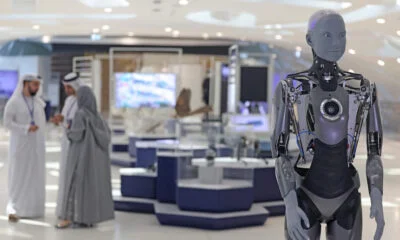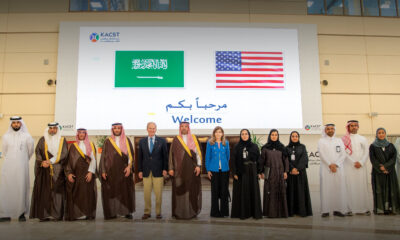News
Emirati Astronaut Conducts 3D-Printing Experiment In Space
The experiment aims to assess the viability of 3D-printed knee cartilage tissue for treating injuries in remote areas on Earth and while in space.

Emirati astronaut Sultan Al Neyadi, and his colleague from NASA, Frank Rubio, are currently conducting experiments on the International Space Station on the viability of 3D-printed knee cartilage tissue.
The 3D printing lab, known as The BioFabrication Facility, has been built to evaluate whether low to zero-gravity conditions can improve printing quality compared to production on Earth, while examining the feasibility of 3D-printed cartilage tissue for fixing injuries in remote conditions, including in space.
Using cutting-edge technology, NASA hopes to eventually alleviate musculoskeletal injuries. “Crew members who experience musculoskeletal injuries on future deep space missions may benefit from the capability to bioprint tissue such as knee cartilage to promote recovery,” the space agency said in a recent press release.
Also Read: Dubai Starts App Development Program To Train 1,000 Emiratis
During the six-month mission, a total of 250 research experiments will be conducted, and Dr. Al Neyadi, who arrived recently onboard the ISS, has already undertaken studies on human heart tissue and served as a test subject for a sleep research program.
News
Mamo Completes $3.4M Funding Round To Enhance Fintech Services
The startup will use the influx of cash to expand into Saudi Arabia and across the wider GCC while improving its product offering.

UAE-based fintech Mamo has announced the completion of a $3.4 million funding round that will help the startup extend its market presence and improve its product offering. Investors included 4DX Ventures, the Dubai Future District Fund and Cyfr Capital.
Mamo’s platform offers “payment collection, corporate cards and expense management” to help small and medium-sized businesses consolidate and streamline their operations. With the latest influx of capital, Mamo will further develop its comprehensive suite of services and begin testing its product lines in Saudi Arabia, further extending its footprint across the GCC.
Imad Gharazeddine, co-founder and CEO of Mamo, stated: “We’ve been in the market for a while now and are incredibly proud of what our team has achieved. The holistic and expansive nature of our product offering has helped us continue to grow sustainably. This additional funding will allow us to reach our medium-term goals even faster. The support from new and existing investors is a testament to our strong expertise and the ability to deliver on our customer promise”.
Daniel Marlo, General Partner of lead investor 4DX Ventures, added: “We have immense trust in Imad’s vision, leadership and Mamo’s innovative approach to provide a user-friendly and comprehensive financial solution for SMEs that makes financial management more accessible and efficient. We are proud to partner with them and support their mission”.
Also Read: A Guide To Digital Payment Methods In The Middle East
Amer Fatayer, Managing Director of Dubai Future District Fund’s investment team, also commented: “Mamo’s localized product lines serve as an infrastructure for SME payments and spend management in UAE, a segment that is underserved by the country’s current banking infrastructure. The team has taken a product-first approach to consolidating SMEs’ financial journeys and building a fintech solution deeply embedded in a business’s core operations”.
To date, Mamo has raised around $13 million in investment funding and now boasts a team of 30 people. The company’s intuitive financial services platform has allowed over 1,000 businesses to consolidate their financial operations and significantly reduce payment fees.
-

 News4 weeks ago
News4 weeks agoAmazon Prime Day 2024: Get Ready For 6 Days Of Amazing Deals
-

 News4 weeks ago
News4 weeks agoSamsung Unpacked 2024: What To Expect From The July 10 Event
-

 News4 weeks ago
News4 weeks agoCoursera Report Shows Surge In UAE Interest In AI Upskilling
-

 News4 weeks ago
News4 weeks agoMeet Dubai’s Groundbreaking Smart Robot Delivery Assistant













